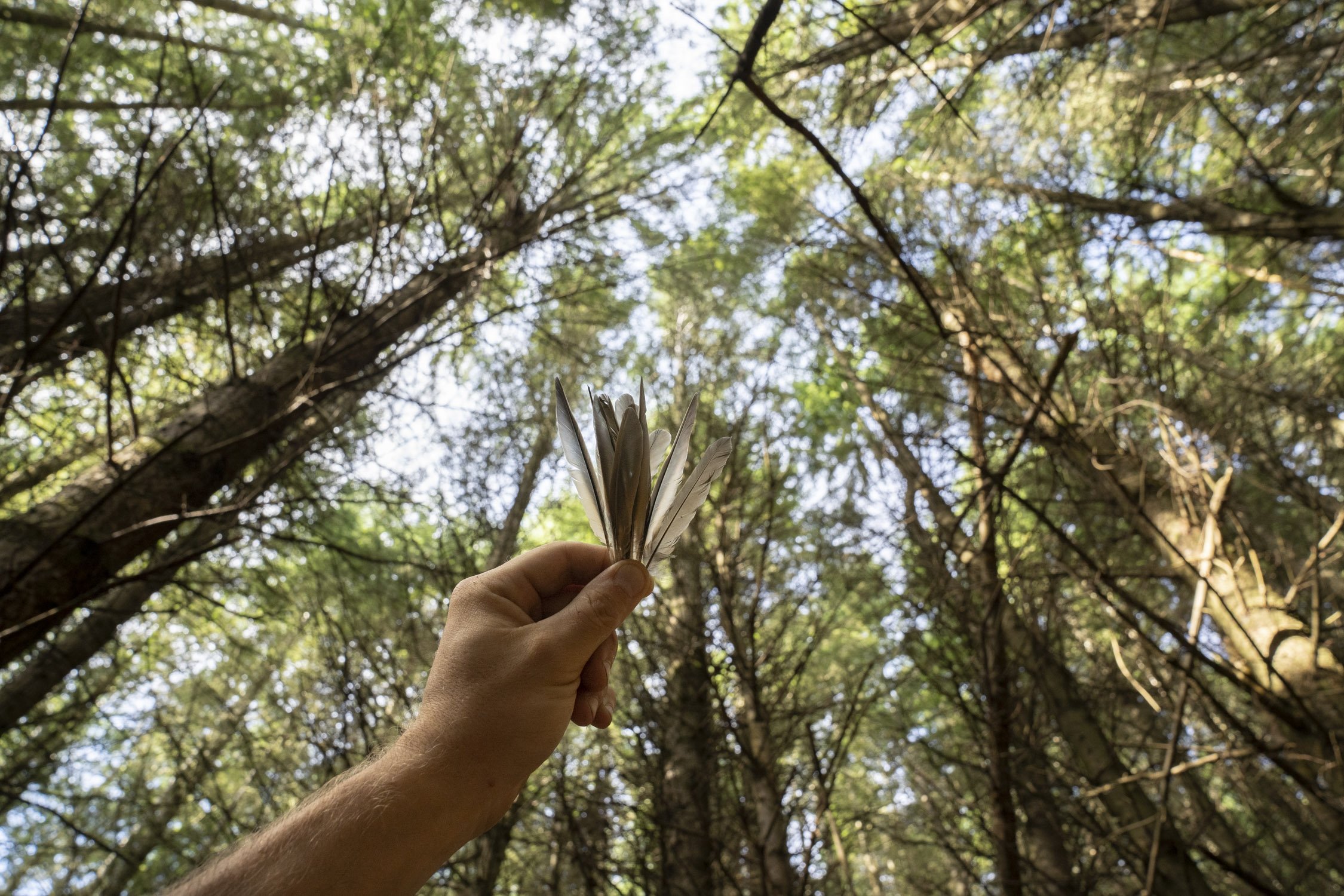The Power of Conservation Storytelling
The pastime of storytelling can be a powerful tool to amplify the voice for conservation. In this weeks blog, our Visual Media Manager looks at how photography can help fight against climate and biodiversity meltdown by connecting the audience with crucial conservation messages.
Photography is many things to many people, but I believe that ultimately, no matter what form of photography you do - fashion, fine art or wildlife - it all comes down to one thing, connection. Whether that be between the photographer and the subject, or the final image and its audience, there is a moment of pure undivided connection as an image is interpreted.
People look at photographs to reminisce over old memories, to evoke feelings at a gallery or to ultimately make sense of the world. Media is the driving force for our thoughts, feelings and understanding of the world as it is today. No longer do we as a species, focus on our immediate surroundings and communities, but we are now connected more than ever globally through technology, with everything being portrayed through imagery and words.
The medium of photography has its place in science and conservation as a form of documentation, recording species and collecting visual data, but it can also be an extremely powerful tool to have in your conservation toolbox for much larger purposes. The work on the ground is the bread and butter of conservation but more needs to happen for large-scale change to take place. Herein lies one answer - conservation storytelling.
Word needs to spread and connection needs to be restored between humans and their natural surroundings. In our industrial world, we are becoming increasingly disconnected from nature as technology advances at ridiculous rates, populations expand and attention spans rapidly decrease. Through visual media we can cut through the noise with compelling and engaging stories, grabbing attention with the beauty of nature and the power of words.
Storytelling is a universal past time, from cave drawings dating back to 30,000-40,000 years ago, to Hollywood movies of the 21st century. No matter what language you speak or where you’re from, storytelling – specifically imagery - speaks to us all. Visual media builds bridges between language, making it one of the most powerful forms of communication to date. Apply this to science and you can turn jargon filled, data heavy information, into compelling work that inspires and educates.
So how does conservation storytelling differ from general nature photography? It all comes back to connection. We’ve all seen a portrait of a lion, a photograph of a herd of elephants and that incredible shot of a bird frozen in flight, perfectly in focus. Whilst these photos are technically brilliant, once you’ve seen one, you’ve seen them all. However, if you’re a project that wants to spread the word of the work you’re doing, a charity that needs to raise funds to protect nature or really anybody who wants to spread awareness of the natural world, storytelling is the way to go. Psychologically speaking, when people connect with something, they have a much stronger tendency to care about it.
Through visual and verbal stories, we can begin to make sense of conflicts, educate the public on important scientific discoveries and empower people to take action in what they believe in. We can document horrific events that are happening all over the world to spread awareness, but more importantly - and sometimes even more powerfully - we can share the positive work that individuals, groups and organisations are doing around the world to help tackle biodiversity loss and climate breakdown. It’s with the people behind these projects that we connect to; their story, their emotions and their livelihoods.
By photographing nature with this purpose – capturing the environment, the people that work there, documenting behaviours and portraying the feeling of a place or animal – we can begin to encourage positive change for the planet, and that is the power of conservation storytelling.
Tierney Lloyd


